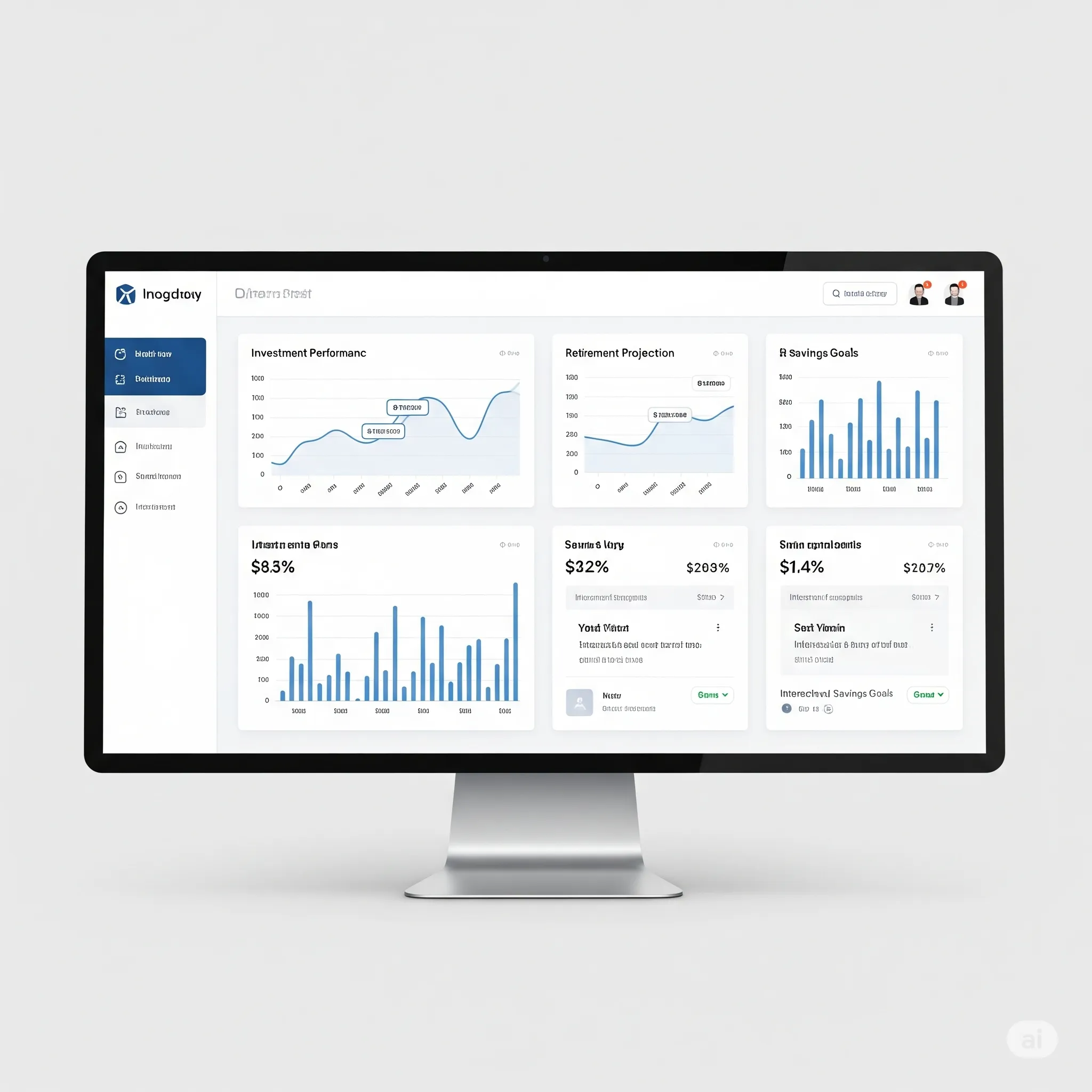Introduction: Why Tech Workers Still Worry About Money
If you work in tech—whether coding from a startup loft, contracting from a home office, or bouncing between roles—you’ve likely heard this at some point: “Developers earn great money, so why worry about finances?”
The reality? Plenty of developers, especially early in their careers, do worry. Salaries can be high, sure, but income often feels unstable. Startups collapse. Freelance gigs dry up. Even big-company layoffs have become common headlines. Meanwhile, student loans, the pressure to “invest early,” and volatile tech markets can make it feel like you’re constantly catching up, not getting ahead.
Financial safety nets aren’t just about survival—they’re about freedom. Freedom to leave a toxic job. Freedom to take a sabbatical. Freedom to ride out industry shifts without panic. This guide breaks down how to build that safety net practically and thoughtfully.

1. Emergency Funds: Not Just for Rainy Days
When I transitioned from my first full-time dev job into freelancing, I thought having “in-demand skills” was enough of a buffer. That illusion cracked about three months later when a promised client project ghosted. I hadn’t prepared. The stress wasn’t theoretical—it was in my bank balance.
Financial advisors typically recommend 3-6 months of living expenses saved for emergencies. For tech workers, the right amount depends on how you work:
| Work Type | Recommended Emergency Fund |
|---|---|
| Salaried | 3-6 months of expenses |
| Freelance / Contract | 6-12 months of expenses (ideally) |
 |
Why more for freelancers? Income can be inconsistent, and finding your next project takes longer than you think—even in booming markets [1].
How to Build It:
-
Automate small transfers into a high-yield savings account.
-
Treat it like rent or utilities: non-negotiable.
-
Build in milestones (e.g., 1 month saved, then 3, then 6).
-
Keep it liquid. Stocks and crypto aren’t emergency funds. Neither are RSUs.
Real Example: In 2022, 57% of independent tech workers faced income gaps longer than two months [2]. Those with larger emergency funds reported significantly less financial stress.
2. Balancing Student Loans with Investing
One of the biggest “grown-up” money questions in tech circles: “Should I max out my 401(k) or destroy my student loans first?”
The answer depends, but there’s a clear way to think about it:
Step 1: Know Your Loan Type
-
Federal Loans? Explore income-driven repayment or potential forgiveness.
-
Private Loans? Less flexible—prioritize higher-interest debts.
Step 2: Compare Interest Rates vs. Expected Returns
Rule of thumb:
-
If your loan interest is above 6-7%, prioritize paying it off.
-
If it’s lower, and your employer offers a 401(k) match (free money!), contribute enough to get the match first [3].
Step 3: Create Parallel Tracks
Many developers do both:
-
Minimum loan payments ✅
-
Enough investing to capture employer match ✅
-
Any extra: toward either loans or emergency savings, depending on your goals.
Real Example: A junior developer I mentored balanced $30k in student loans at 4.5% while contributing 10% to her 401(k). After a promotion, she cleared the loans aggressively but didn’t sacrifice years of compound investing growth.
3. Using Financial Modeling Tools to See Around Corners

Developers love data. Yet surprisingly few use tools to model their own futures. If you want a lightweight, flexible way to experiment with your own career and savings scenarios, I built a tool for this: The Financial Planner →
Financial planning tools can help answer questions like:
-
“What if I took six months off to freelance?”
-
“How fast could I retire if I increased my savings rate?”
-
“How secure am I if I get laid off tomorrow?”
Recommended Tools:
| Tool | Best For |
|---|---|
| NewRetirement | Complex scenarios, retirement modeling |
| Tiller Money | Spreadsheet lovers, automation |
| YNAB (“You Need a Budget”) | Monthly cash flow management |
| Human CFP® | Personalized guidance if needed |
Insight: In 2023, tech workers using these tools reported lower anxiety—even when their finances were similar to peers who didn’t plan actively [4].
4. Transitioning Safely: The Techie’s Freelance Launchpad
The fantasy: Quit your job, freelance, make bank. The reality: Feast-or-famine cycles can wreck your savings and your mental health.

Solution: Build a freelance runway fund before you leap.
| What to Save | Why It Matters |
|---|---|
| 6+ months living expenses | Covers slow starts, unexpected gaps |
| 1-2 months biz expenses | Tools, insurance, taxes |
| A “soft landing” fund | Extra buffer for mental health, not panic |
| > Tip: Start freelancing on the side to build both your runway and your client list. |
This isn’t just money—it’s psychological security. It lets you say no to low-paying or toxic clients and make decisions from strength, not fear.
5. Handling Irregular Tech Windfalls (Bonuses, RSUs, Unexpected Payouts)
Tech compensation is weird. RSUs, bonuses, IPO payouts—they look big on paper but aren’t reliable safety nets.
Why:
-
RSUs and stock options depend on continued employment.
-
They’re often illiquid or taxed heavily when sold.
-
Bonuses aren’t guaranteed.
Smart Play:
-
Don’t count RSUs as your emergency fund.
-
Use windfalls for strategic goals: top off your emergency fund, kill high-interest debt, or seed future investments—not lifestyle creep.
6. The Invisible Risks Developers Ignore
Tech workers often underestimate non-obvious risks:
-
Skills becoming obsolete fast
-
Startups imploding overnight
-
Burnout sidelining you for months
A safety net isn’t just about emergencies—it’s protection against career volatility. Developers with strong savings reported greater freedom to leave jobs or pivot careers without fear [4].
7. When to Stop Building Your Safety Net
There’s a trap: over-saving. Hoarding cash beyond 12 months’ expenses can lead to stagnation, missed opportunities, and unnecessary fear.
How to Know When You’re Ready to Shift Focus:
-
Emergency fund ✅
-
High-interest debts handled ✅
-
Retirement contributions on track ✅
Beyond this, use savings to leverage your freedom:
Upskill
Start a side project
Take calculated risks, not desperate ones

Closing Thoughts: Security is Freedom
Tech careers are unpredictable. AI, remote work, market volatility—none of us can perfectly forecast ten years ahead. But a solid financial safety net buys you time, choices, and peace of mind.
It lets you take smarter risks, not reckless ones. It lets you pause, not panic. It lets you prioritize your well-being over your next paycheck.
The best time to start building it was yesterday. The second-best time is today.
References
-
Freelancers Union & Upwork. “Freelancing in America: 2021 Report.”
-
MBO Partners. “State of Independence in America 2022.”
-
NerdWallet. “Student Loans vs. Investing: How to Prioritize in 2023.”
-
Charles Schwab. “Modern Wealth Survey 2023: Tech Workers & Financial Planning.”